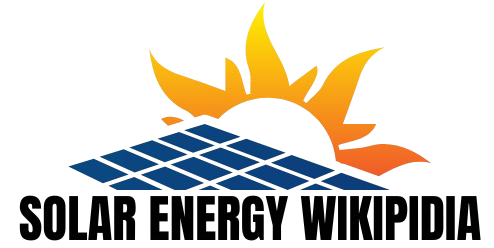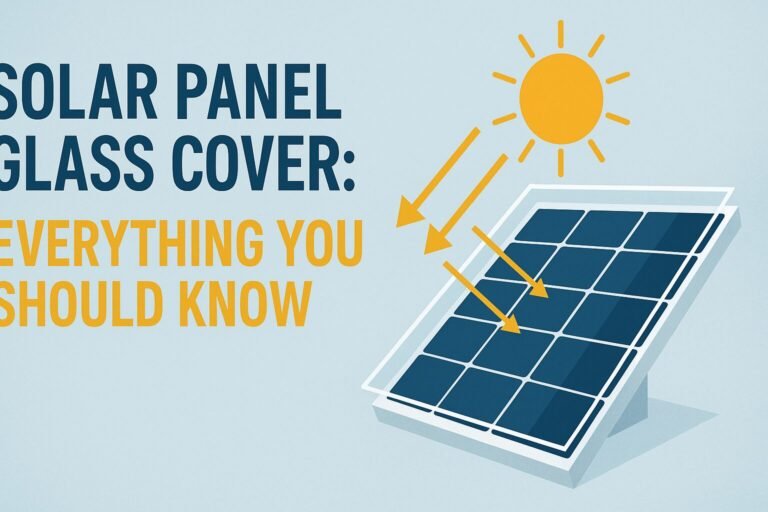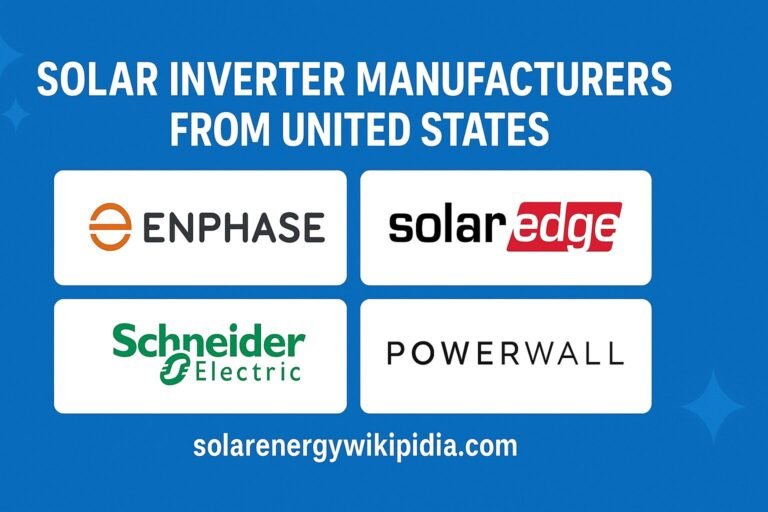
Cut costs and boost sustainability with commercial solar systems. Learn about installation, ROI, and success stories.
Table of Contents
The Business Case for Going Solar
Let’s face it—energy costs aren’t getting any cheaper. For businesses looking to gain a competitive edge while doing right by the planet, commercial solar systems have emerged as a game-changer. More than just a trend, they’re becoming a foundational element of progressive business strategy.
When my friend Sarah installed solar panels at her manufacturing facility last year, she was skeptical about the upfront costs. “I was not sure if we’d see the returns everyone promised,” she told me over coffee. Six months later, her energy bills had dropped by 68%—and clients were actively choosing her company for its sustainability initiatives.
Key Commercial Solar Benefits at a Glance
| Benefit | Impact | Typical Timeline |
| Energy Cost Reduction | 50-80% decrease in utility bills | Immediate |
| Tax Incentives | 30% federal tax credit + accelerated depreciation | First tax year |
| Brand Enhancement | 73% of consumers prefer eco-friendly businesses | Ongoing |
| Protection from Rate Increases | Locks in energy costs for 25+ years | Immediate |
| Property Value Increase | 3-4% average property value boost | Immediate |
Source: Compiled from industry data available at solarenergywikipidia.com
Understanding Commercial Solar System Components
Commercial solar systems are significantly more durable and powerful than residential systems. When you are powering a warehouse, office complex, or retail space, every component matters.

Solar Panels: The Heart of the System
The market offers three main types of solar panels for commercial applications:
- Monocrystalline panels deliver the highest efficiency (18-22%) but come at a premium price. They’re ideal for spaces with limited roof area where maximizing output per square foot is crucial.
- Polycrystalline panels strike a balance between affordability and performance, typically delivering 15–17% efficiency. Most businesses find these provide excellent bang for your buck.
- Thin-film panels are lightweight and flexible, making them a great fit for buildings with unconventional or uniquely shaped roofs. However, they require more space due to lower efficiency ratings.
“We originally considered thin-film for our property,” explains Marcus Dominguez, operations director at Brightway Manufacturing. “But after analyzing our roof space and energy needs, we realized monocrystalline was the smarter investment despite the higher upfront cost. The additional power generation has made a world of difference.”
Inverters: The Unsung Heroes
Solar panels produce DC electricity, while your business operates on AC power. That’s where inverters come in—transforming the captured solar energy into usable power.
For commercial applications, string inverters and microinverters remain the most popular choices. String inverters are cost-effective for uniform installations, while microinverters shine in complex setups with varying sun exposure or potential shading issues.
Sizing Your Commercial Solar System
One of the most frequently asked questions by business owners is: “What size system do I need?”
The answer depends on several factors:
- Review energy usage by analyzing at least 12 months of utility bills.
- Available installation space (roof area, parking lots, adjacent land)
- Budget constraints and financing options
- Future growth plans and anticipated energy needs
A reputable solar provider will conduct a thorough energy audit before recommending system size. Beware of any company that suggests a solution without examining your specific usage patterns.
Real-World Example: Retail Space Success Story
Alpine Outfitters, a mid-sized outdoor retailer in Colorado, installed a 175kW commercial solar system across their 30,000 sq ft retail location. The results were impressive:
- Annual energy production: 237,000 kWh
- Utility bill reduction: 92%
- First-year savings: $34,650
- Total 25-year savings: $1.2 million
- Carbon offset equivalent: Planting 4,200 trees annually
“The numbers speak for themselves,” says Jennifer Thompson, Alpine’s CEO. “But what surprised us was how customers responded. We’ve had people drive an extra 20 minutes specifically because they wanted to support our sustainable practices.”
Financing Options: Making Solar Affordable
The upfront cost of commercial solar systems can be daunting—typically ranging from $1,000 to $2,500 per kW installed, depending on system complexity and location. However, several financing paths can make the transition painless:

Power Purchase Agreements (PPAs)
Under a Power Purchase Agreement (PPA), a third party owns and takes care of the solar system installed on your property. You simply purchase the electricity generated at a predetermined rate—typically 20-30% below utility prices. PPAs involve no upfront costs and shift maintenance responsibilities to the provider.
Solar Leases
Similar to PPAs but with fixed monthly payments rather than per-kWh charges. Leases offer predictable expenses and often include performance guarantees.
Traditional Loans
Many banks now offer specialized solar financing with terms up to 20 years. With current incentives, many businesses find their loan payments are less than their previous utility bills—creating positive cash flow from day one.
Installation Process and Timeline
Contrary to popular belief, installing commercial solar systems causes minimal disruption to business operations. Here’s what to expect:
- Site assessment and system design: 2-4 weeks
- Permitting and utility approvals: 4-8 weeks (varies by location)
- Installation: 1-4 weeks (depending on system size)
- Inspection and interconnection: 2-4 weeks
Most business owners are thrilled to discover that the actual installation phase—when crews are on-site—is remarkably quick and non-intrusive.
Maintenance Requirements: Surprisingly Simple
One of the beautiful aspects of commercial solar systems is their minimal maintenance needs. With no moving parts, solar panels require little attention beyond occasional cleaning to remove dust and debris.

Most systems include monitoring software that alerts you to any performance issues before they impact your energy production. Many installation companies offer service packages that guarantee system performance with annual inspections.
FAQs About Commercial Solar Systems
How long do commercial solar panels last?
Most commercial solar panels come with 25-year performance warranties, though they typically continue producing electricity for 30+ years. Inverters typically require replacement every 10–15 years, an important cost to include in your long-term financial planning.
Will solar panels damage my roof?
Absolutely not—when properly installed. Trusted installers use mounting systems engineered to safeguard roof integrity and prevent leaks. In fact, solar panels can extend roof life by shielding it from weather elements.
What happens during a power outage?
Standard grid-tied systems will shut down during outages for safety reasons. If maintaining power during outages is critical for your business, battery backup systems or hybrid setups can be incorporated into your commercial solar design.
Can commercial solar systems work in colder, less sunny regions?
Yes! Solar panels tend to operate more efficiently in cooler temperatures. While total sunlight hours affect overall production, even locations like Seattle, Portland, and Boston show excellent returns on solar investments.
The Future of Commercial Solar: What’s Coming Next
The commercial solar landscape continues to evolve at breathtaking speed. Emerging technologies promise to make systems even more appealing:
- Bifacial panels that generate electricity from both sides, increasing output by up to 30%
- Building-integrated photovoltaics that replace conventional building materials with solar-generating alternatives
- Advanced battery storage solutions that maximize self-consumption of solar energy
- AI-powered system monitoring to optimize performance in real-time
The bottom line? Now is the perfect time to explore commercial solar solutions for your business. With falling installation costs, generous incentives, and proven ROI, solar energy has moved firmly from alternative to mainstream.
For forward-thinking businesses, the question is no longer whether to go solar—but how soon they can make the switch.





